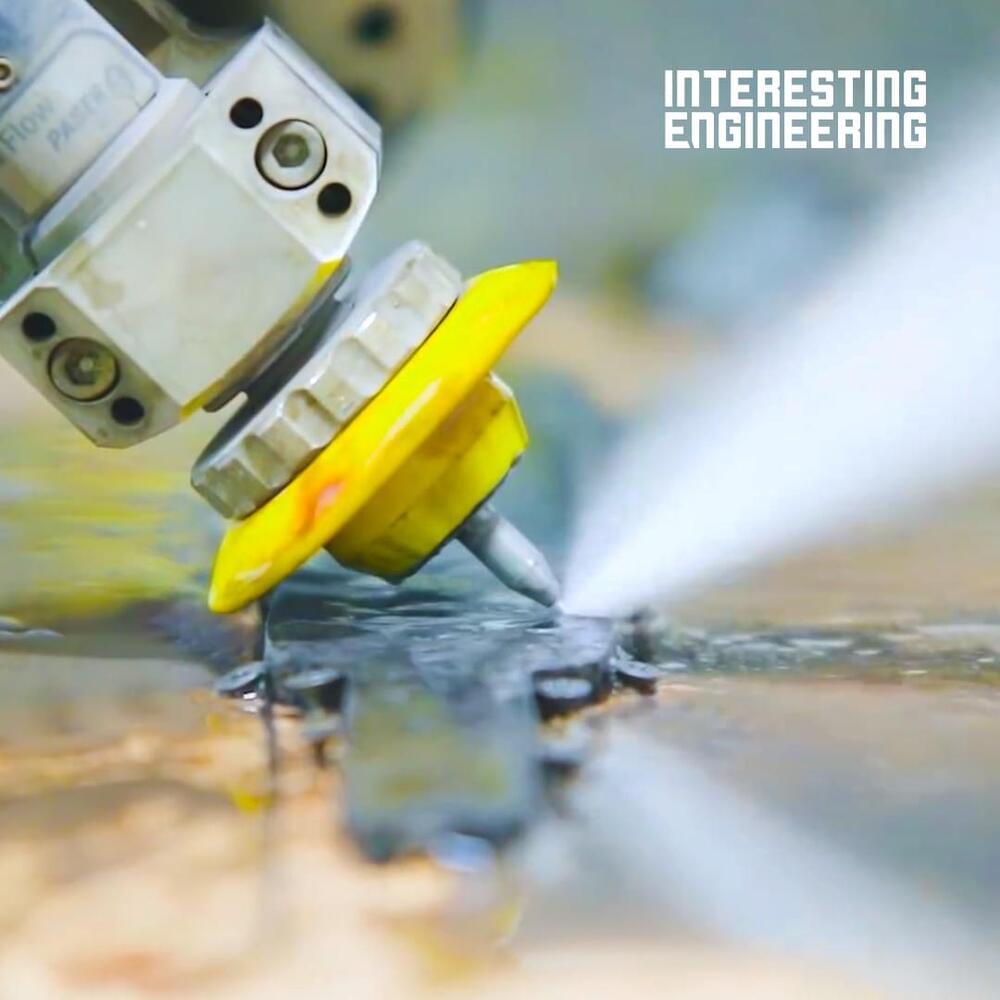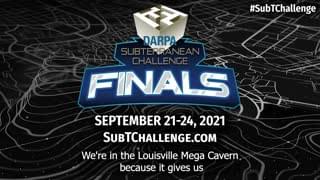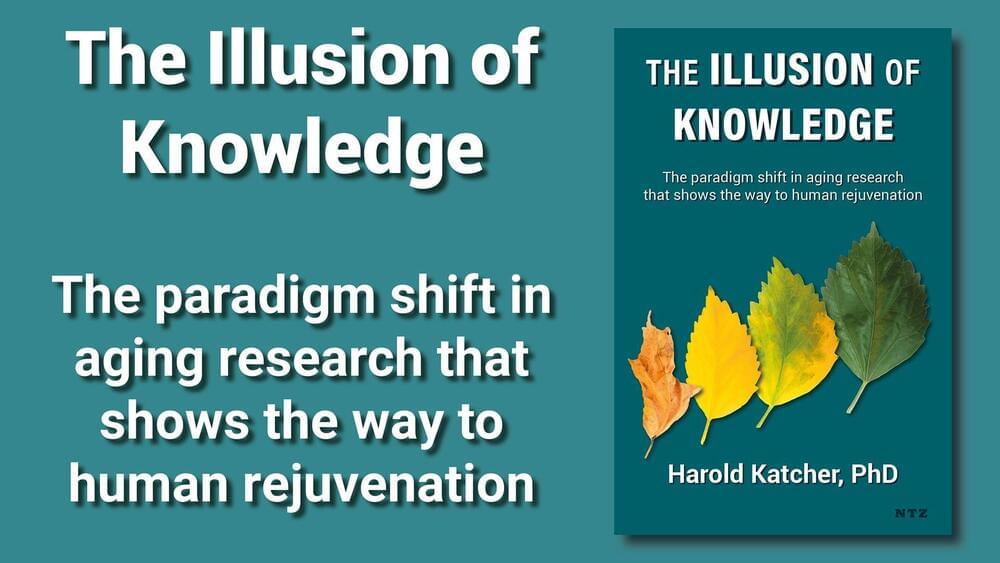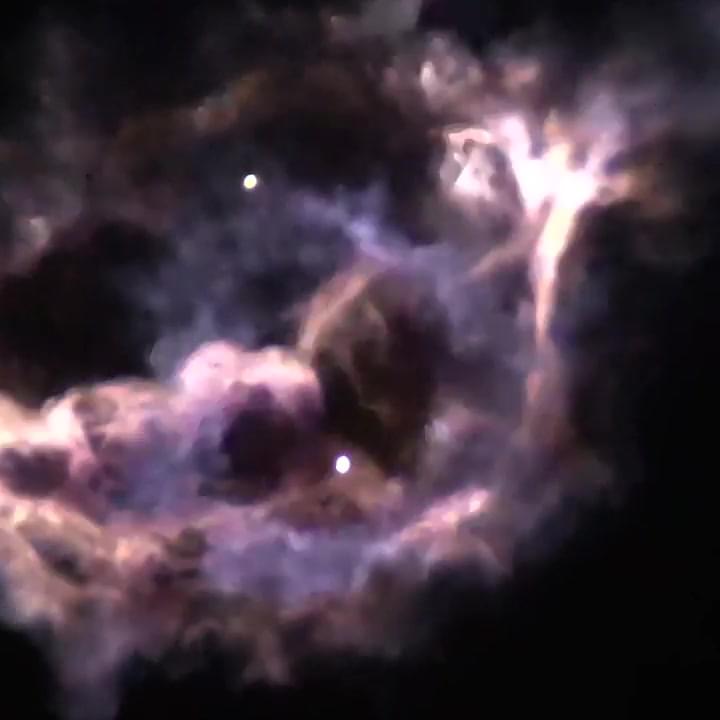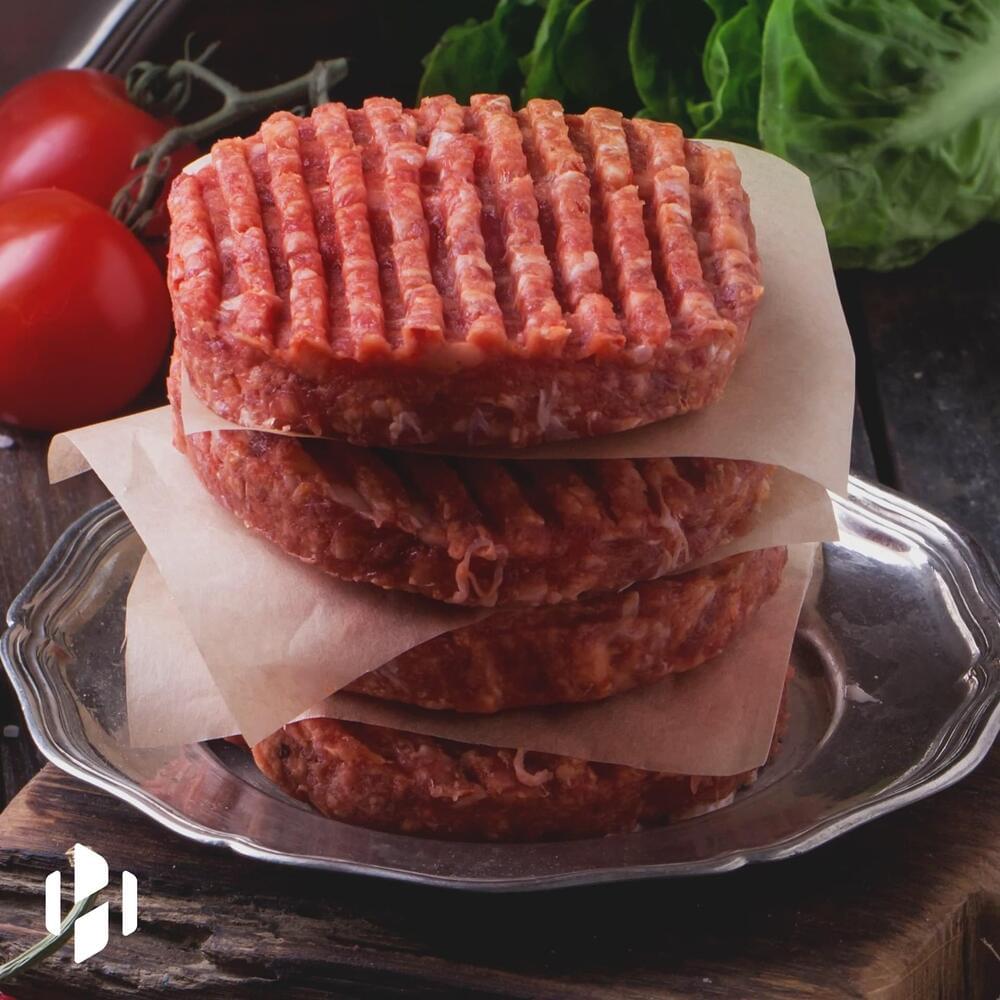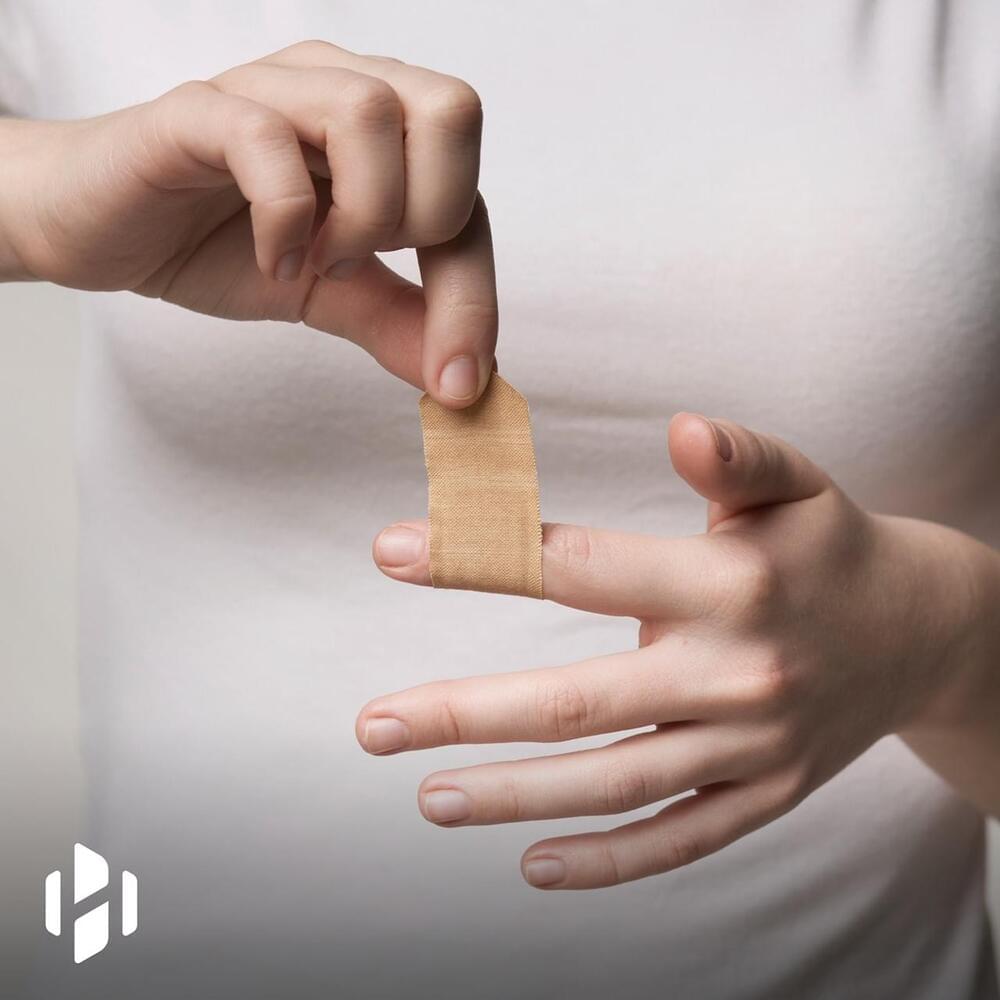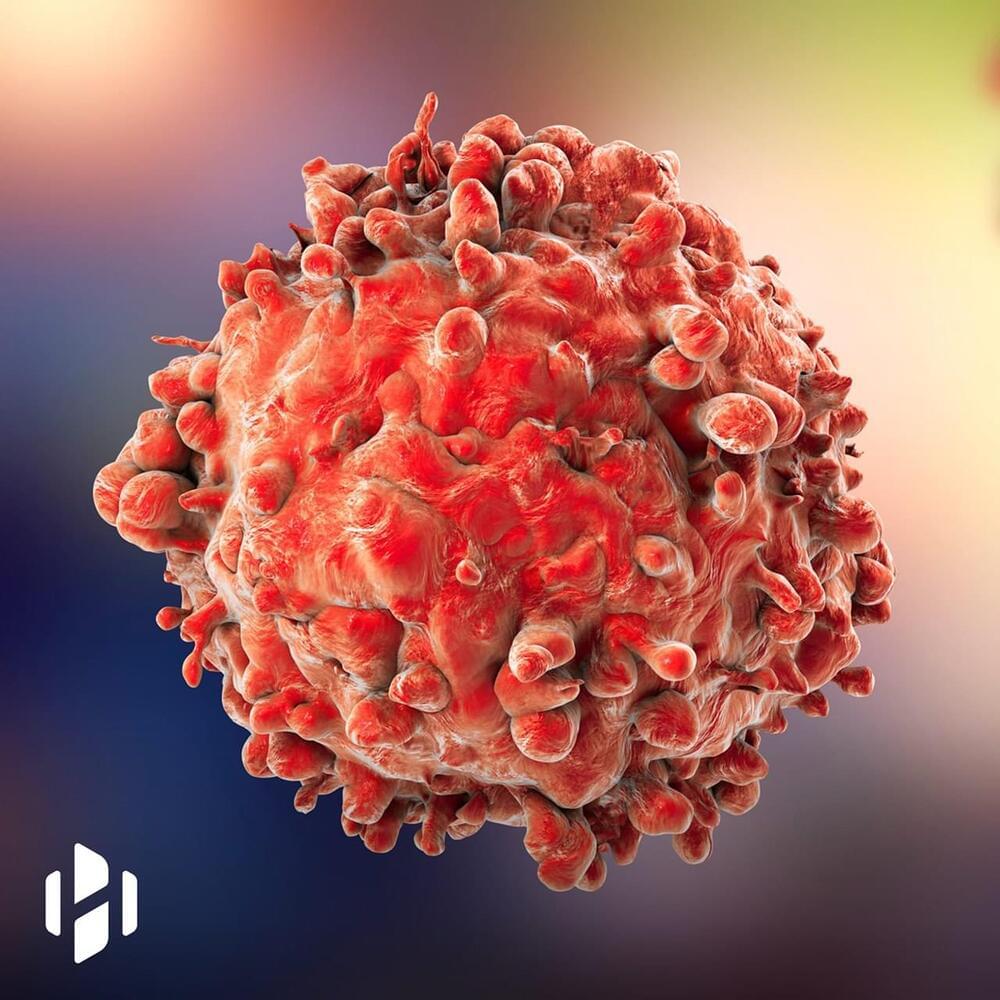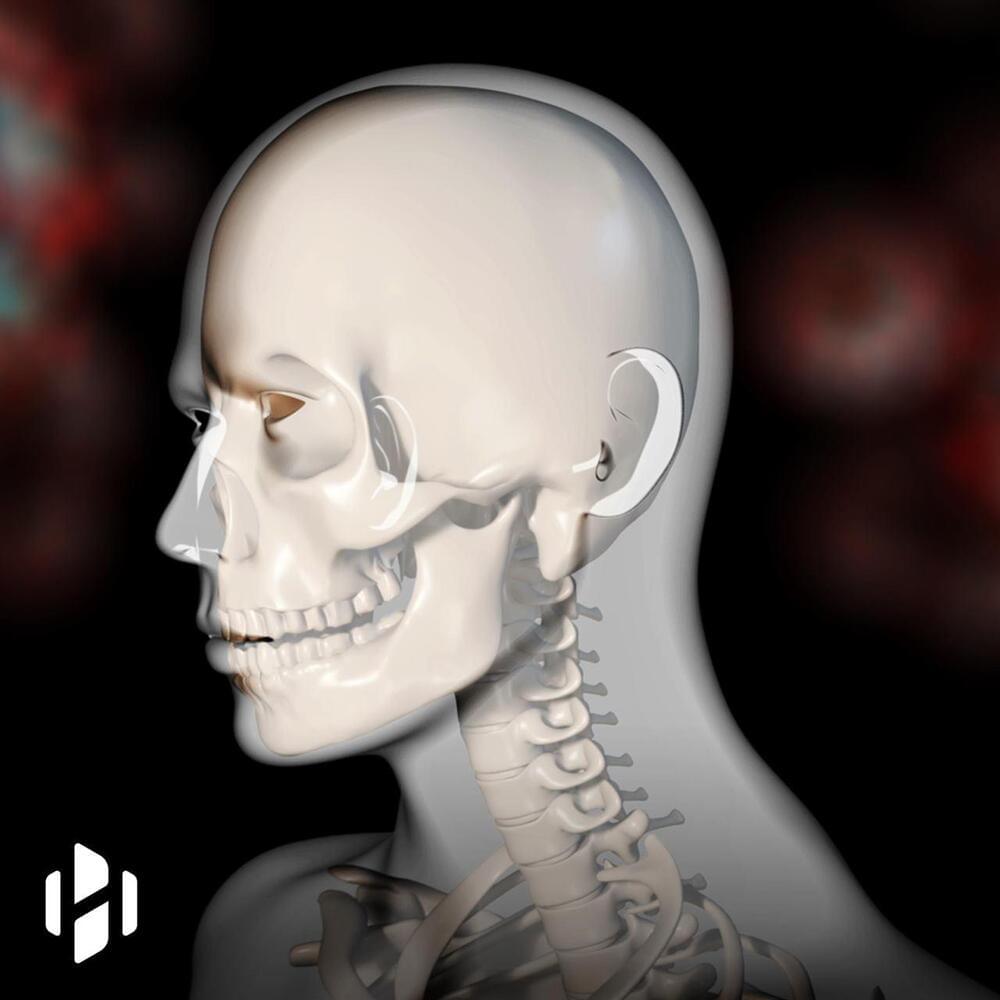Researchers at Lund University have designed a new bioink which allows small human-sized airways to be 3D-bioprinted with the help of patient cells for the first time. The 3D-printed constructs are biocompatible and support new blood vessel growth into the transplanted material. This is an important first step towards 3D-printing organs.
Therefore, researchers are looking at ways to increase the amount of lungs available for transplantation. One approach is fabricating lungs in the lab by combining cells with a bioengineered scaffold.
The event is the culmination of a vision to revolutionize search and rescue using #robots in #underground domains. Tune in Sept 21–24 on SubTV:
Dr. The book launch will happen on September 4th, at 3 p.m. (Pacific Time) in Book Passage Ferry Building Store in San Francisco, California!
Please come to have an in-person chat with Dr. Katcher.
Dr. Harold Katcher is one of the discoverers of the human breast cancer gene (BRCA1), and has thousands of citations in the scientific literature, with publications ranging from protein structure to bacteriology, biotechnology, bioinformatics and biochemistry. He was the Academic Director for Natural Sciences for the Asian Division of the University of Maryland Global Campus, and nowadays is Chief Scientific Officer at Yuvan Research Inc., which is working on the development of rejuvenation treatments.
https://www.bookpassage.com/event/harold-katcher-illusion-kn…ding-store.
https://www.ntzplural.com/harold-katcher-launches-book.
https://www.facebook.com/events/553354852782737?ref=newsfeed.
#haroldkatcher #sanfrancisco #california #booklaunch #biotechnology #rejuvenation #aging.
Created with the voices from LOVO @ www.lovo.ai.
You can also just see the first stage flip round on its way to A Shortfall of Gravitas. Credit: NASA.

